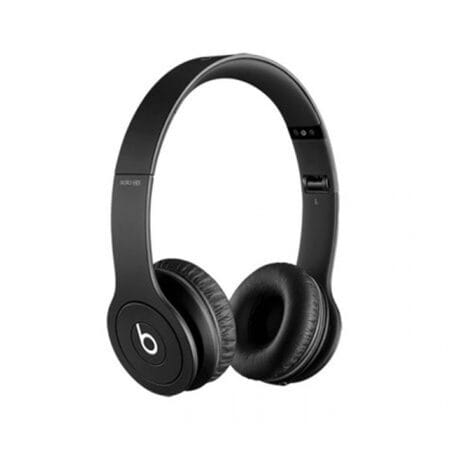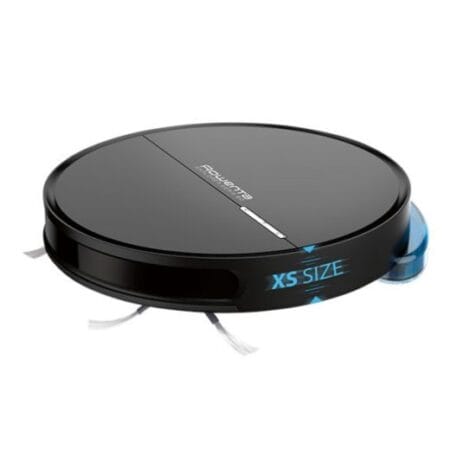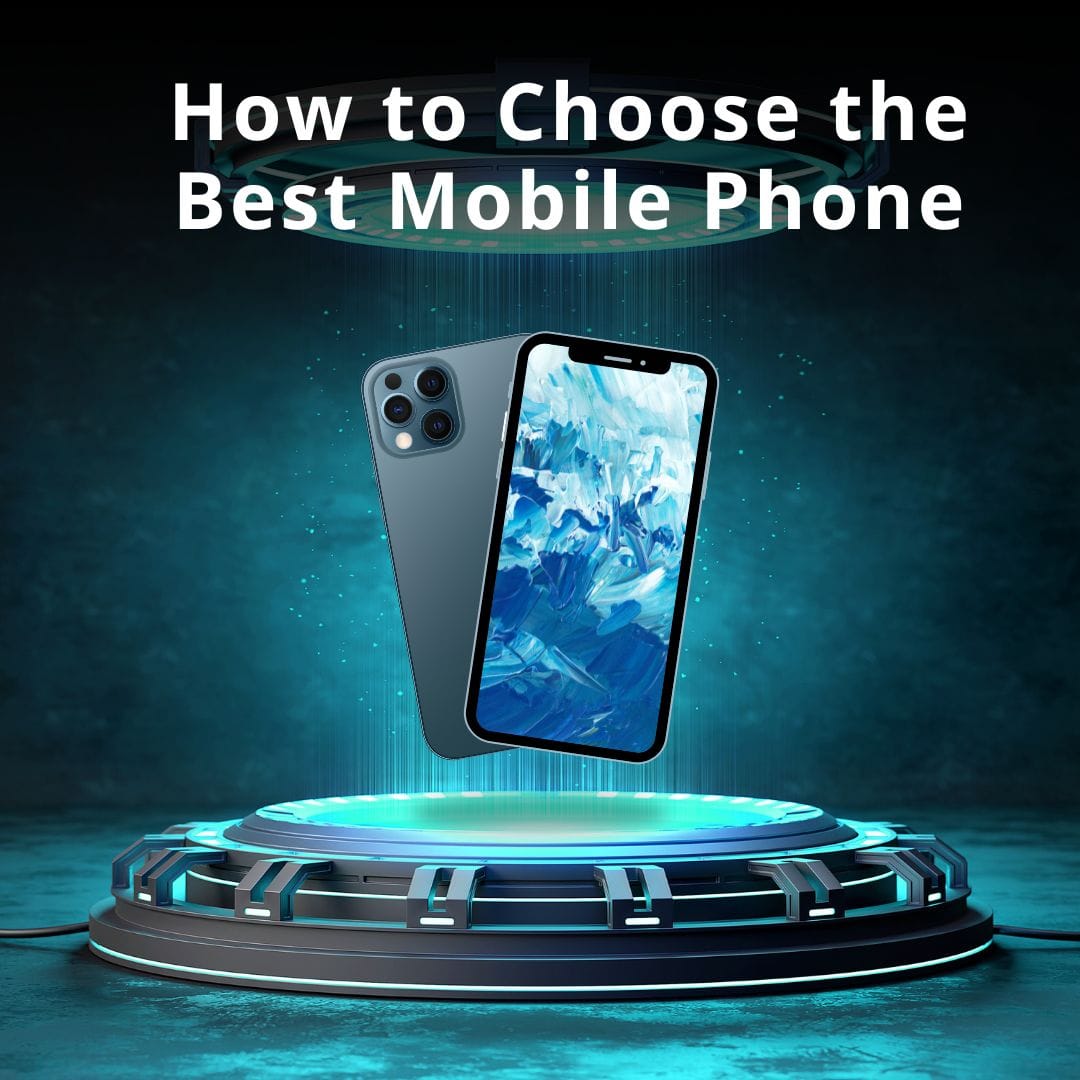1. Identify Your Needs
What Will You Use It For?
- Everyday Use: For browsing the web, social media, and making calls, a mid-range phone is a good choice.
- Photography: If taking photos is important, look for phones with great camera features (high megapixels and multiple lenses).
- Gaming: Choose phones with powerful processors for the best gaming experience.
- Business: Pick a phone with good battery life and features that help with work tasks.
2. Set a Budget
How Much Can You Spend?
- Budget: $200 – $400 for basic phones.
- Mid-Range: $400 – $800 for better performance and features.
- Flagship: $800+ for top-of-the-line models.
3. Consider Operating System
Which OS Do You Prefer?
- iOS: Apple’s iPhone is user-friendly, gets regular updates, and focuses on privacy.
- Android: Offers a wider range of options and customization, but experiences can vary by brand.
4. Evaluate Key Specifications
What Features Matter?
- Processor: Look for modern processors (like Apple’s A-series or Snapdragon 7xx/8xx for Android).
- RAM: 4GB is good for everyday tasks; 6GB or more is better for gaming and multitasking.
- Storage: Most phones start at 64GB. If you store a lot of media, consider 128GB or more, and check if the storage can be expanded (like with a microSD card).
5. Assess the Display
How Important is the Screen?
- Size: Most modern smartphones have screens between 6 and 6.5 inches.
- Resolution: Full HD (1080p) is standard; higher resolutions (like QHD or 4K) are better for videos and games.
- Display Type: OLED screens have better colors and contrast compared to LCDs.
6. Battery Life
How Long Will It Last?
- Aim for a battery of at least 4,000 mAh for a full day of use. Check reviews to see how well the battery performs in real life.
7. Camera Quality
What to Look For in a Camera?
- Megapixels: More megapixels can help, but also look for features like good low-light performance and stabilization.
- Extra Lenses: Ultra-wide and telephoto lenses give you more options for different types of photos.
8. Connectivity Options
What Features Should It Have?
- Make sure the phone supports 5G for faster internet. Look for Wi-Fi 6 and Bluetooth 5.0 for better connectivity.
9. User Interface and Software
How Does It Feel to Use?
- Check the phone’s interface (UI) to see if it matches your preferences. Some brands have simpler, cleaner designs, while others include more features.
10. Read Reviews and Comparisons
Get Feedback Before Buying:
- Look up reviews from tech websites and user comments to understand how the phone performs and holds up over time.
11. Warranty and Support
What About After-Sales Care?
- Check the warranty length and how good the customer support is for the brand. A reliable warranty can save you trouble later.












Leave a comment